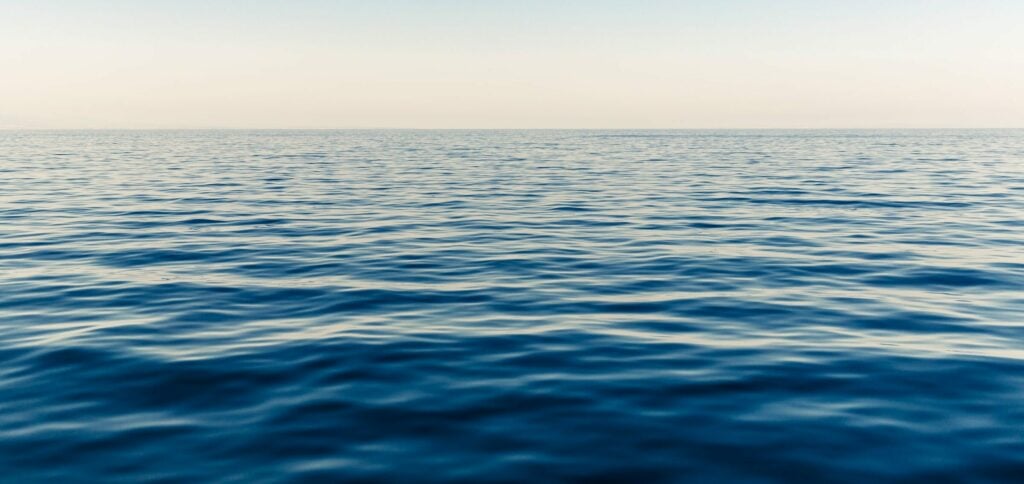Unlike other times, moderate optimism precedes the meeting, which should last two weeks.
ADVERTISING
After the failure of the last event in August, “delegations met several times to try to reach a compromise on the delicate problems that were not resolved”, Liz Karan, from the NGO Pew Charitable Trusts, told AFP. “This gives me great hope that this meeting will be the last.”
A hope that gained strength with the United States joining the coalition promoted by the European Union in January and which has great ambitions for the treaty.
Made up of 51 countries, the coalition shares “the objective of urgently protecting the oceans“, highlighted the European Commissioner for the Environment, Virginijus Sinkevičius, who considers the new meeting “crucial”.
ADVERTISING
O high seas begins where the States' exclusive economic zones (EEZ) end, which extend up to a maximum of 200 nautical miles (370 km) from the coasts, and are not under the jurisdiction of any country.
Although they represent more than 60% of the oceans, these maritime areas have historically been ignored while countries focused on protecting coastal areas and some iconic species..
“But there is only one ocean and a healthy ocean means a healthy planet”, recalls Nathalie Rey, from the 'High Seas Alliance' collective, which brings together almost 40 NGOs.
ADVERTISING
⚠️ Ocean ecosystems, threatened by every type of pollution imaginable and predatory fishing, produce half the oxygen we breathe and limit the global warming by absorbing a significant portion of the CO2 emitted by human activities.
The high seas treaty will be an “important milestone to ensure that we reach the target of 30% (of protecting the planet) by 2030”, he adds.
In a historic agreement announced in December, all countries agreedpromewill have to protect 30% of the total land and oceans by 2030. A challenge that is almost impossible to achieve without including the high seas, which currently only has 1% of its surface protected.
ADVERTISING
Agreement at any cost?
One of the pillars of the future treaty on “conservation and sustainable use of biodiversity marine marine of areas not subject to national jurisdiction” is to allow the creation of marine protection areas in international waters.
This principle was included in the negotiating mandate voted by the UN General Assembly in 2017, but delegations remain divided on how to create these sanctuaries, as well as on the obligation to assess the environmental impact of the activities contemplated in high seas.
Another delicate issue is the division of possible profits from the exploitation of high seas, where industries – pharmaceutical, chemical and cosmetics, among others – hope to find a large source of resources.
ADVERTISING
Faced with the impossibility of organizing very expensive research, developing countries fear being left out of the possible benefits. At the August summit, some analysts accused rich countries, in particular the EU, of waiting until the last minute to make a concession.
With the complex and vast treaty, which needs to deal with other organisms that control parts of the ocean, in activities such as fishing or the exploration of the seabed, the devil is in the details, say ocean defenders, who are very concerned.
(With AFP)
Read also





